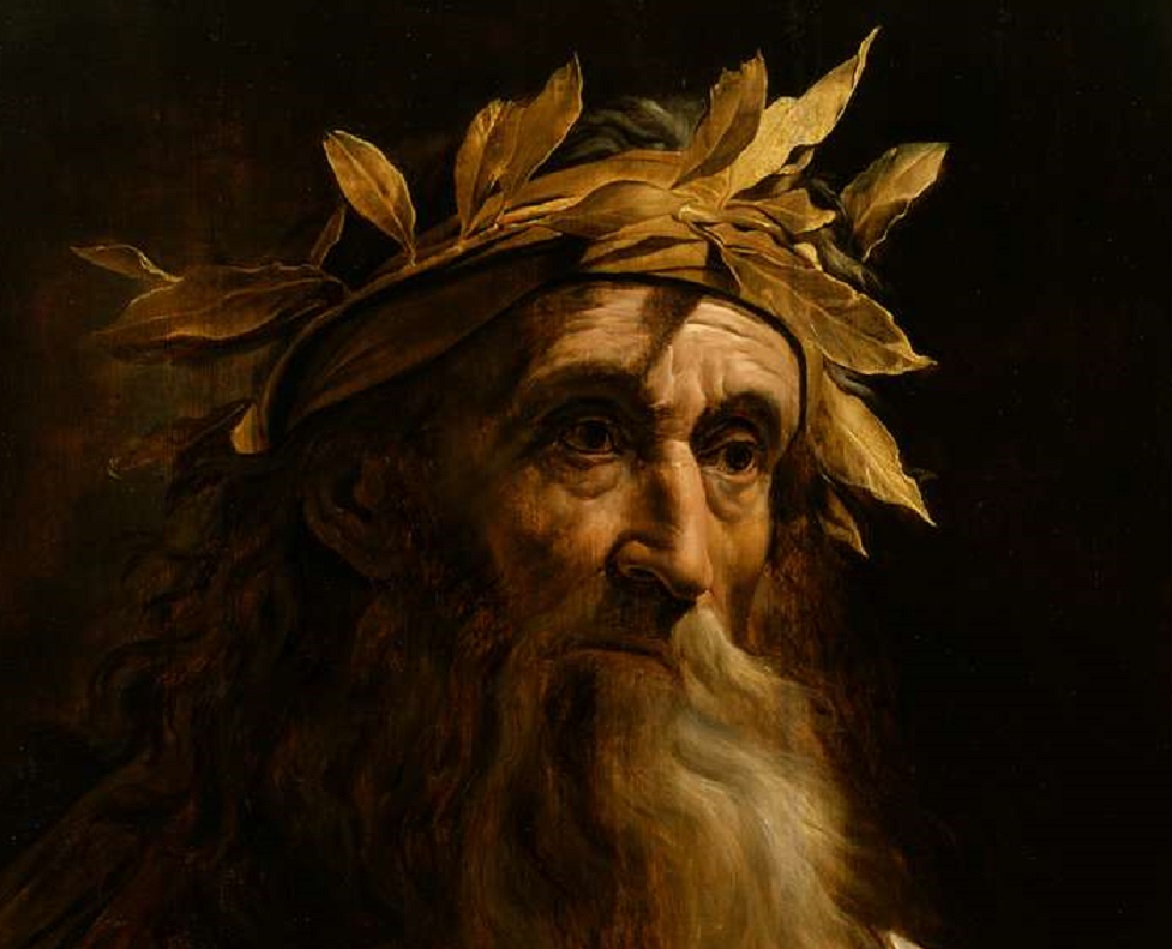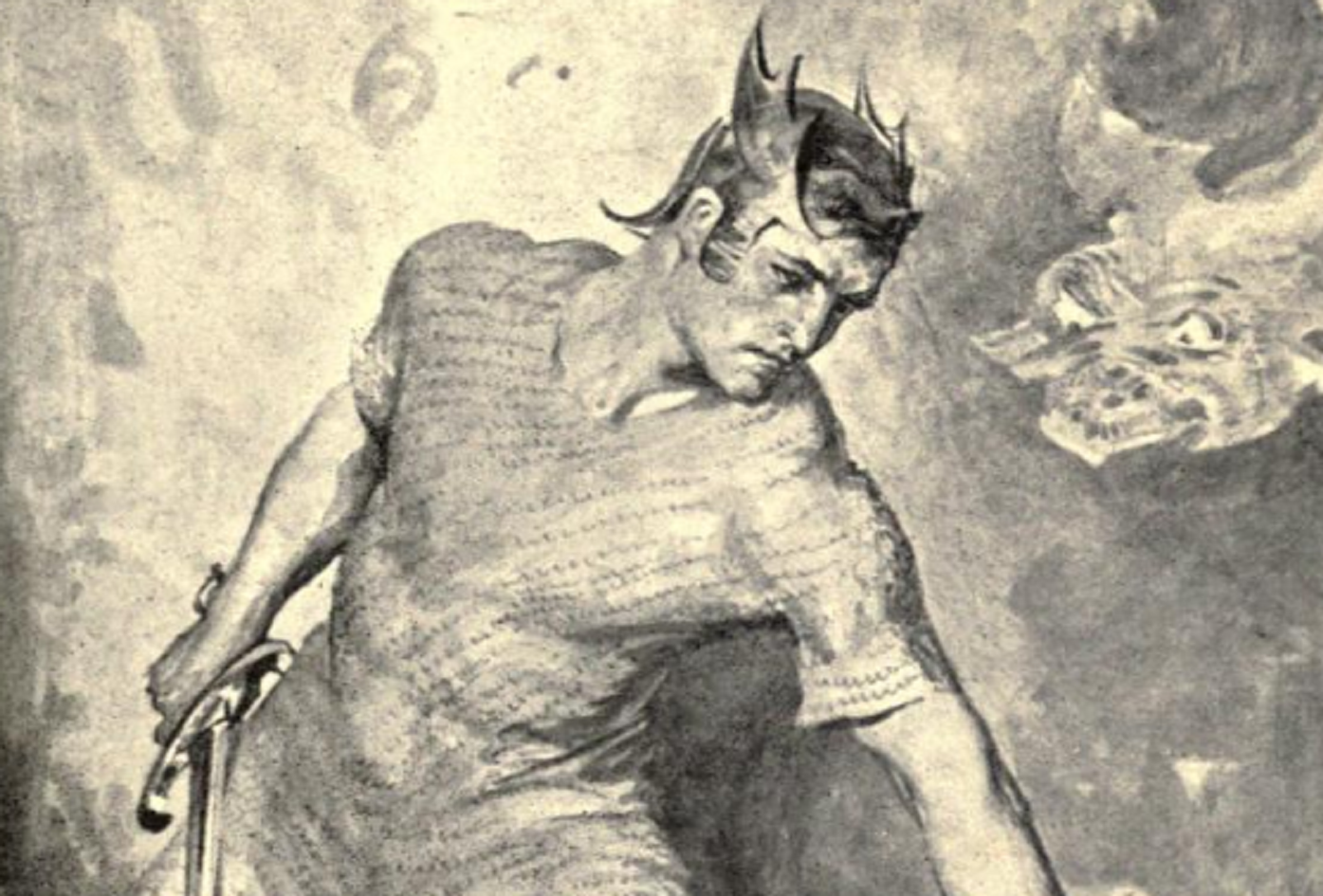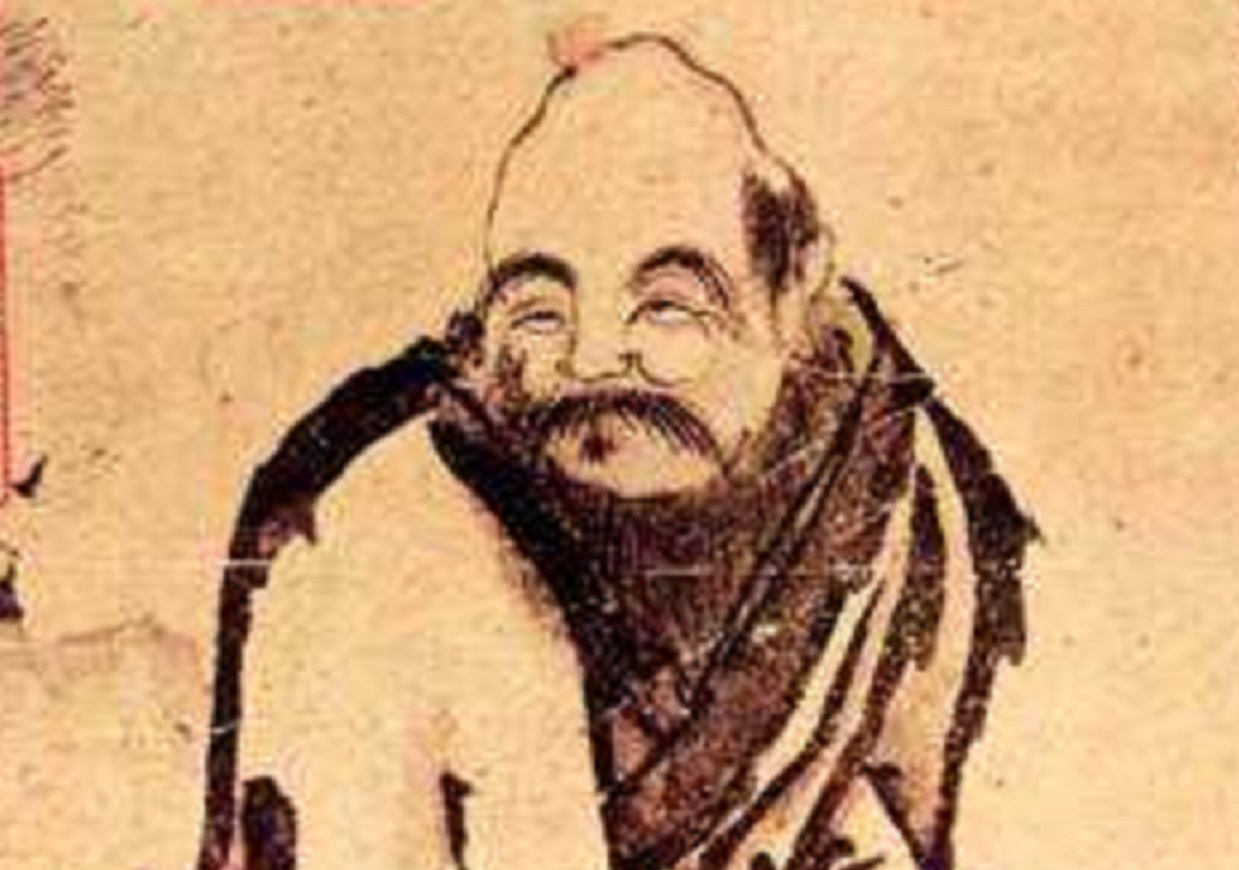Too good to be true
Many famous figures from history appear in stories and legends, but their existence is often unverifiable. From mythical heroes to legendary kings, here are 35 famous historical figures who probably aren't real.
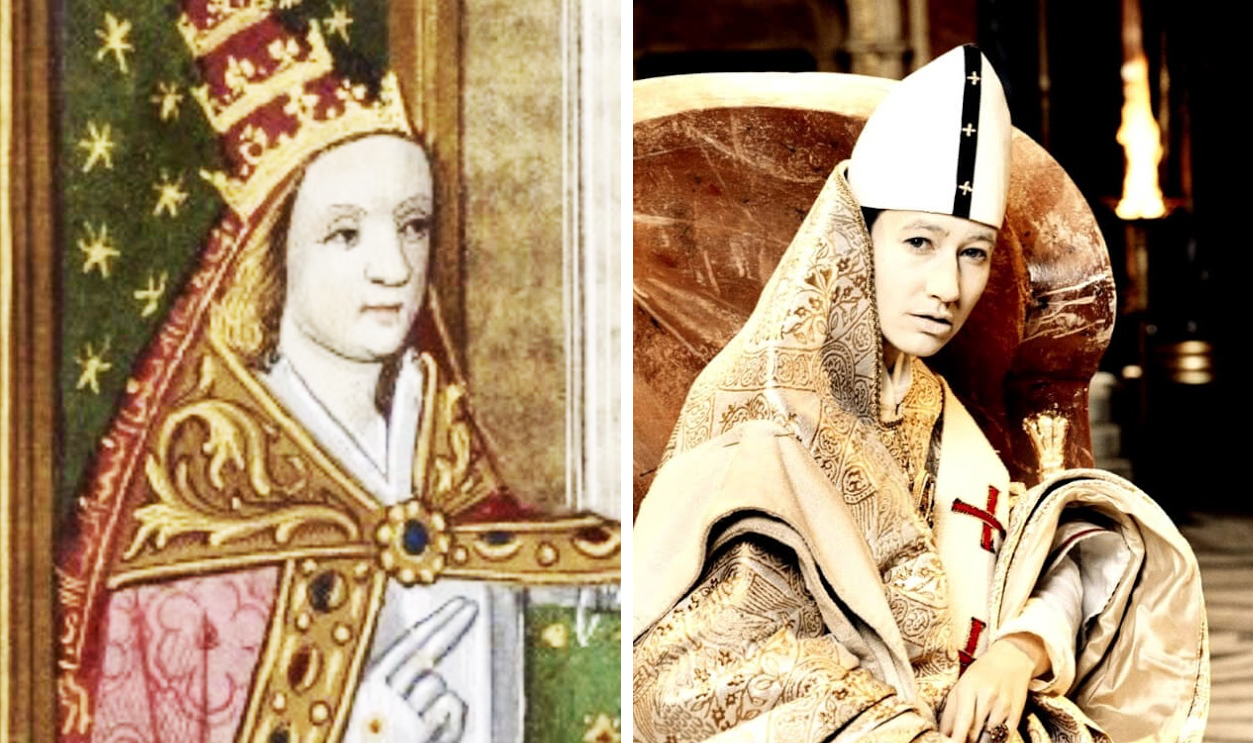
King Arthur
King Arthur is a legendary hero beloved by many, but historians are not able to confirm if he was a real person. They've debated for centuries over his existence, as there is no mention of him in the only surviving contemporary source of the Saxon invasion. King Arthur first appears in Welsh historian Nennius' poetry, which spans different times and places.
 N. C. Wyeth, Wikimedia Commons
N. C. Wyeth, Wikimedia Commons
Robin Hood
Robin Hood is a famous character from English folklore who was believed to have lived in Nottingham. Legend has it that he later became a bandit in Sherwood Forest, though his existence is unproven. Some scholars believe he is a representation of bandits and outlaws in general.
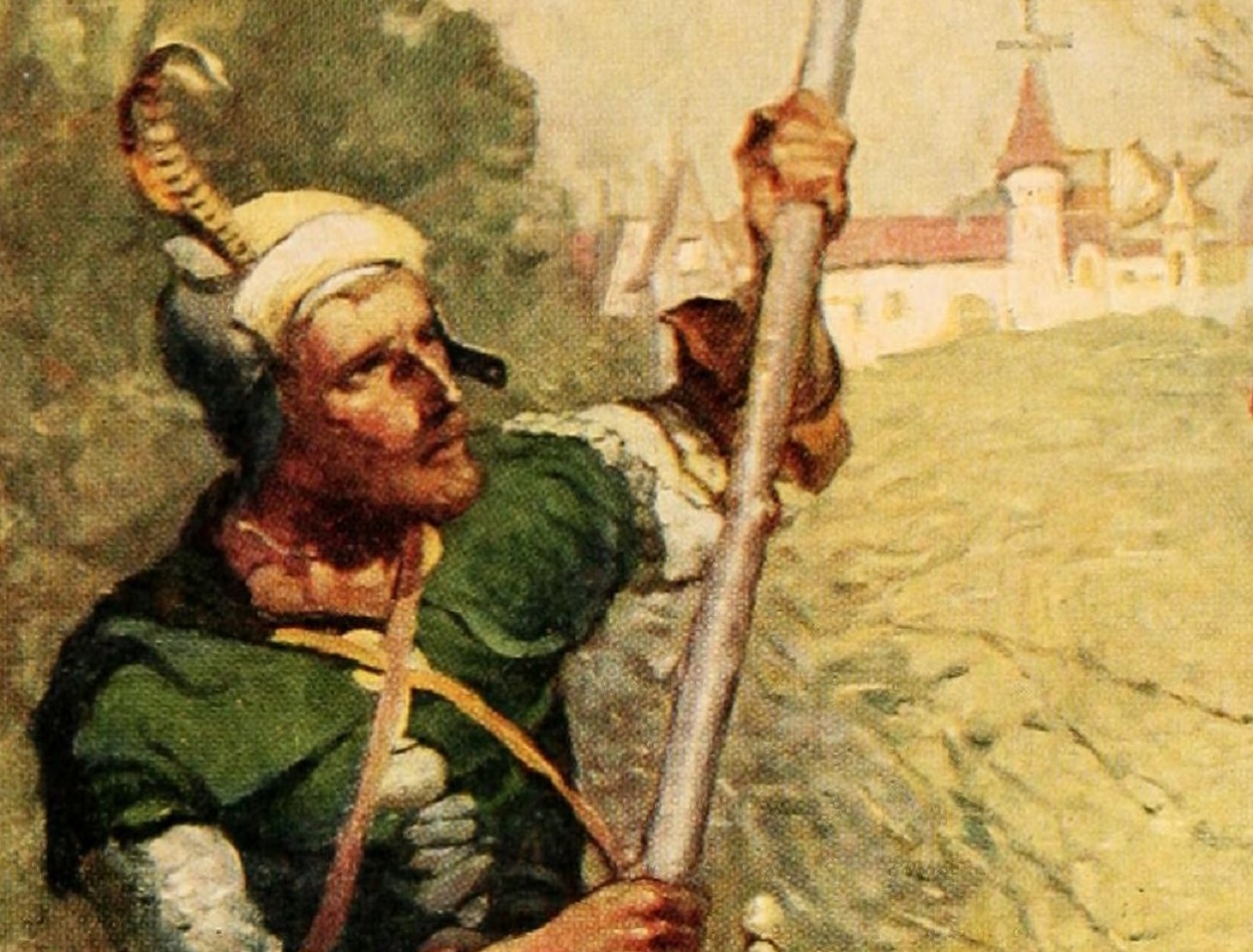 Louis Rhead, Wikimedia Commons
Louis Rhead, Wikimedia Commons
Lycurgus
Lycurgus is known as the lawgiver who established Sparta's institutions. Conflicting historical sources make it difficult to confirm his existence. Herodotus mentions him in the 5th century BC as belonging to the Agiad house., while Xenophon believed he developed Spartan law after the Dorians invaded Laconia around 1,000 BC.
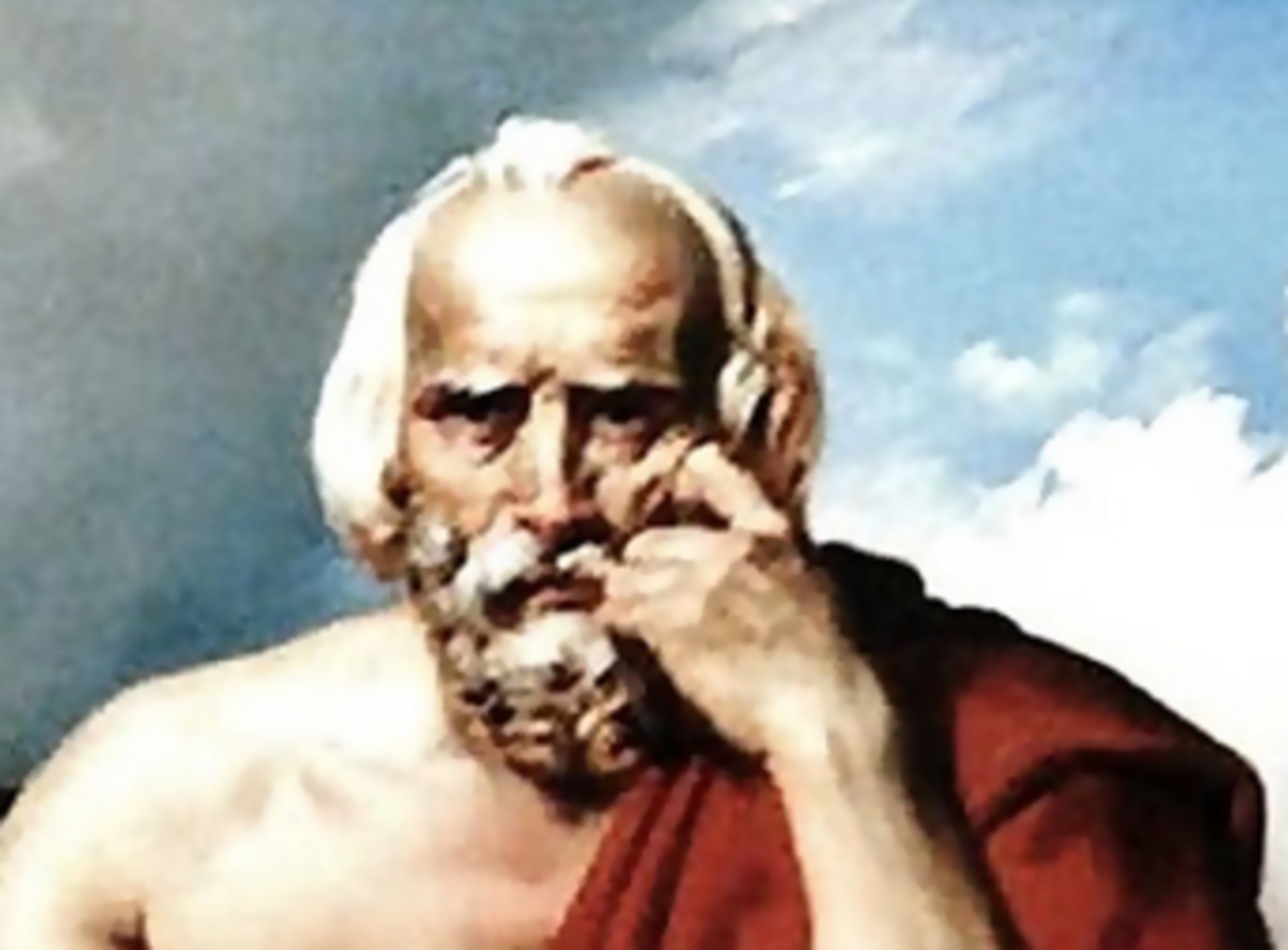 Merry-Joseph Blondel, Wikimedia Commons
Merry-Joseph Blondel, Wikimedia Commons
Homer
Homer was a significant figure in ancient Greece known for his famous poems: the Iliad and the Odyssey. Despite his importance to Greek culture, historians question Homer's existence due to a lack of contemporary evidence, with the first reference appearing centuries after his supposed lifetime.
Sun Tzu
Sun Tzu, the author of "The Art of War," is a key figure in Chinese military history—however, some believe he may be a composite character, representing more than one person. That's because the book, which was written around 5th century BCE, seems to compile insights from multiple sources.
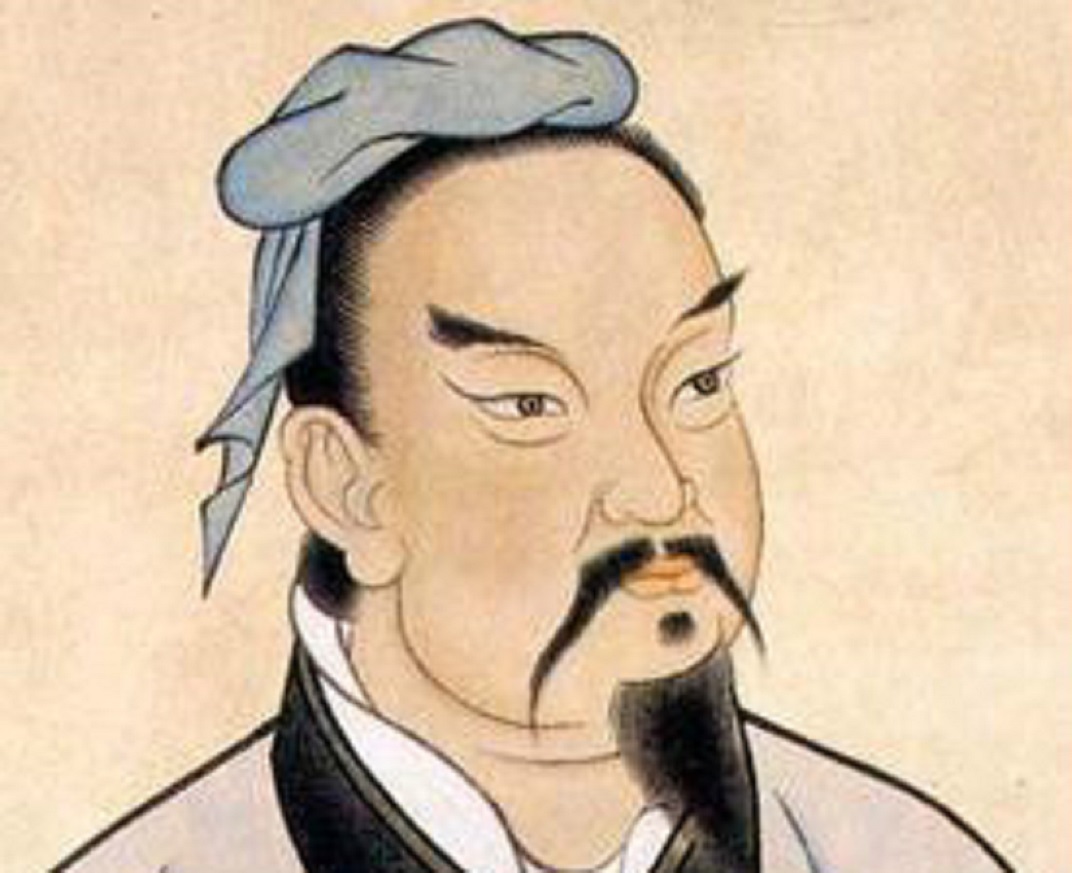 Unknown Author, Wikimedia Commons
Unknown Author, Wikimedia Commons
William Tell
William Tell, a Swiss hero, represented the fight for political and personal freedom—but it's unclear that he was a real person. Legend says he was a peasant who defied Austrian rule, shot an apple off his son's head, killed the Austrian governor, and inspired a resistance against Austria.
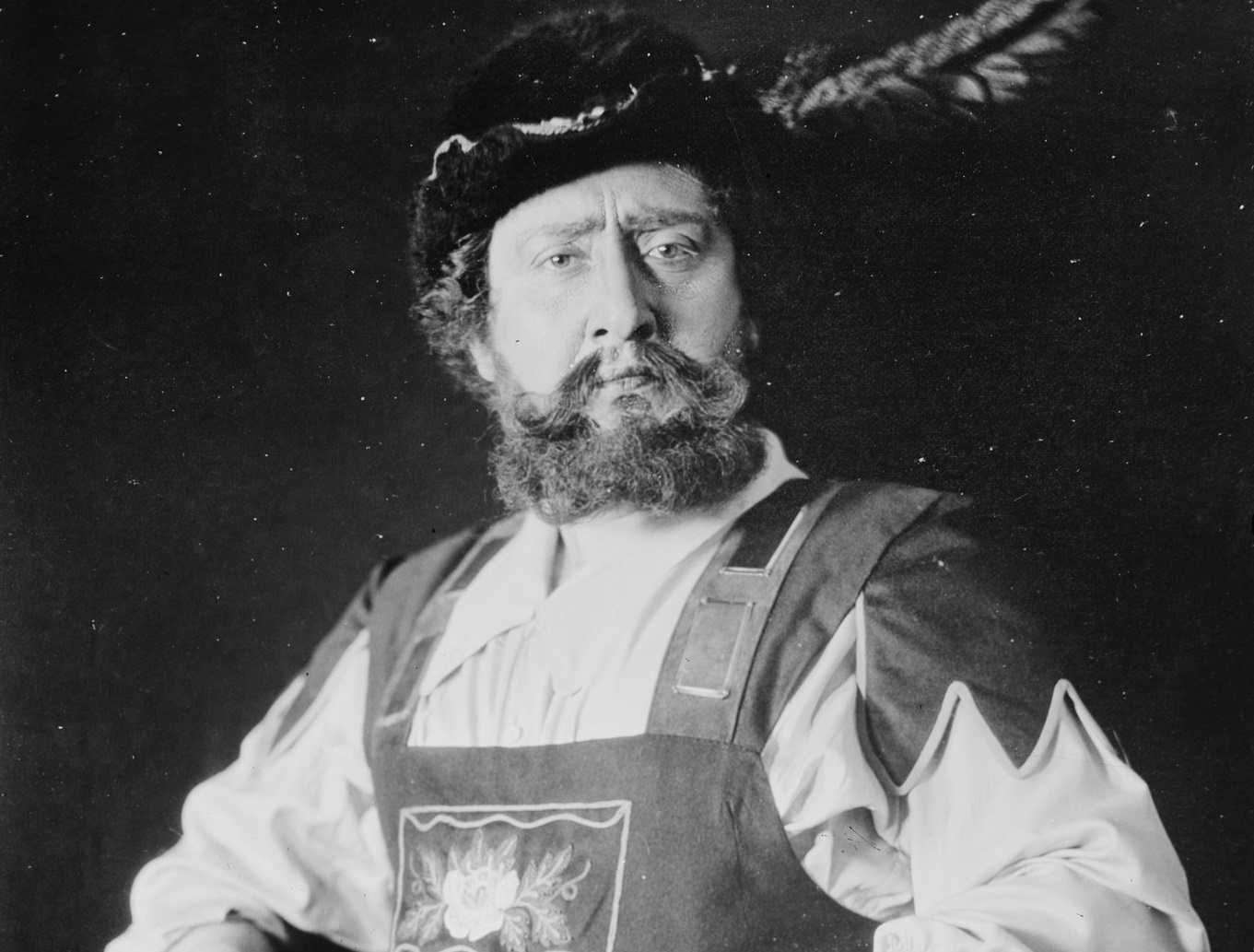 Bain News Service, Wikimedia Commons
Bain News Service, Wikimedia Commons
Pope Joan
Pope Joan was a woman who is said to have reigned as pope for two years in the Middle Ages. Her story spread across Europe starting in the 13th century and it was widely believed for centuries, but modern scholars now consider it fictional. Questions about her story's validity arose in the 16th century due to historical inconsistencies.
 Unknown Author, Wikimedia Commons
Unknown Author, Wikimedia Commons
Betty Crocker
Betty Crocker is not a real person, contrary to popular belief. She is a brand and character by Washburn-Crosby Company and has been used in food advertising campaigns and recipes since 1921. Betty Crocker's first portrait was commissioned in 1936, and it has been updated seven times to reflect fashion and hairstyles of the times.
Jack the Ripper
Jack the Ripper was an unidentified serial killer who terrorized London's Whitechapel district in 1888. He was never caught, leading to many theories. The origins of the name "Jack the Ripper" are disputed, with some believing it was just a creation of the media. Various suspects have been proposed, but no conclusive evidence has been found.
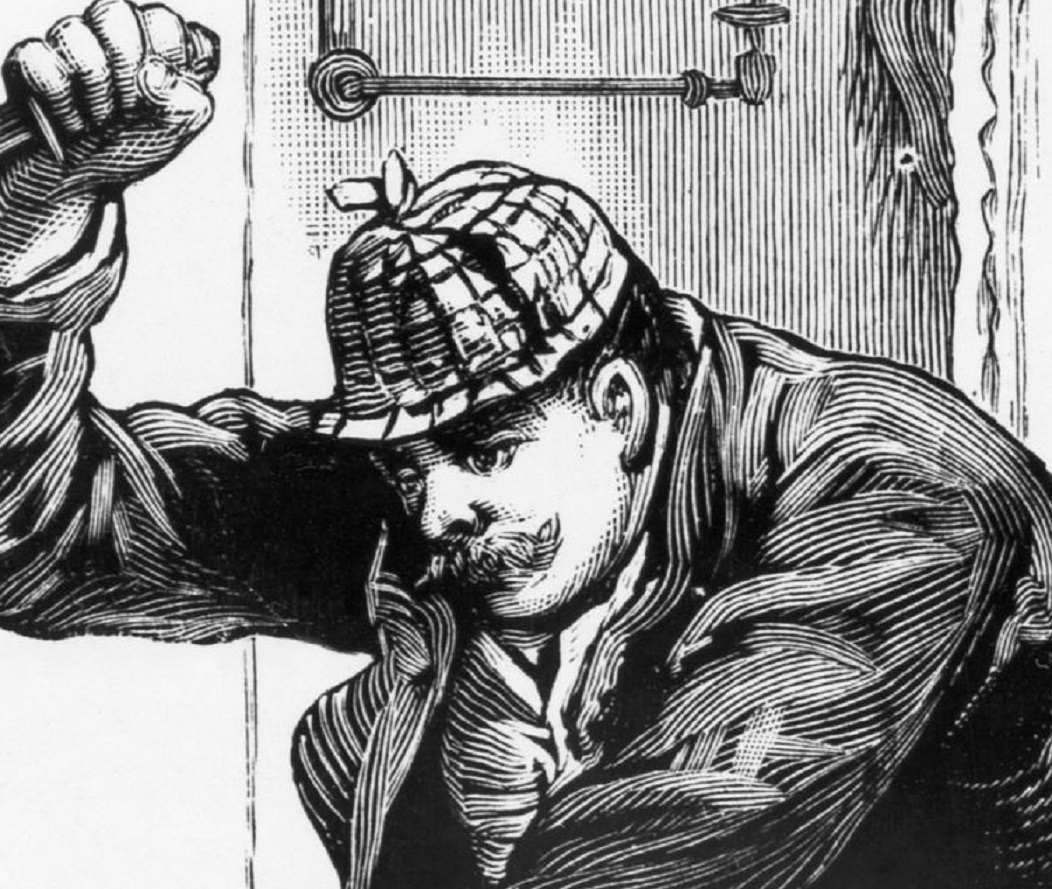 National Police Gazette [2], Wikimedia Commons
National Police Gazette [2], Wikimedia Commons
Pythagoras
Pythagoras was a Greek mathematician born in 570 BCE known particularly for the Pythagorean theorem. His followers, the Pythagoreans, revered him almost as a divine figure for his many achievements. Despite popularizing the theorem, it is unclear if he truly discovered it.
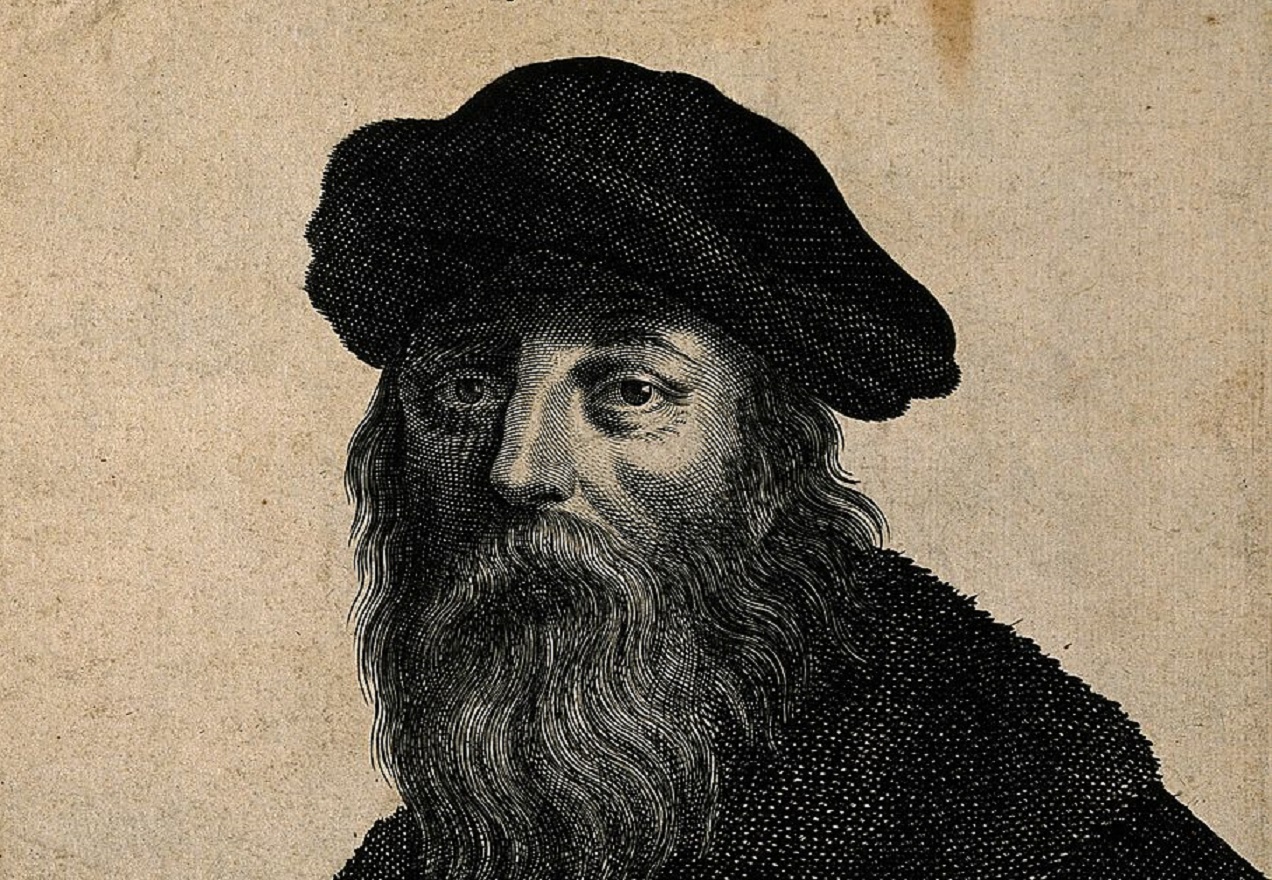 Wellcome Images, CC BY 4.0, Wikimedia Commons
Wellcome Images, CC BY 4.0, Wikimedia Commons
Rosie the Riveter
During World War II, Rosie the Riveter became a symbol of American women taking on traditionally male roles in the workforce while men were fighting. However, Rosie was not a real person but a cultural creation to boost female participation in factories and shipyards.
 National Museum of American History, Wikimedia Commons
National Museum of American History, Wikimedia Commons
John Henry
John Henry is a famous character from American folklore. The story goes that he was a steel-driving man who raced against a steam drill to show that people could still beat machines. Even though he won, he died from exhaustion right after. Some historians think he might have been inspired by real people, But there's no solid proof that he exists.
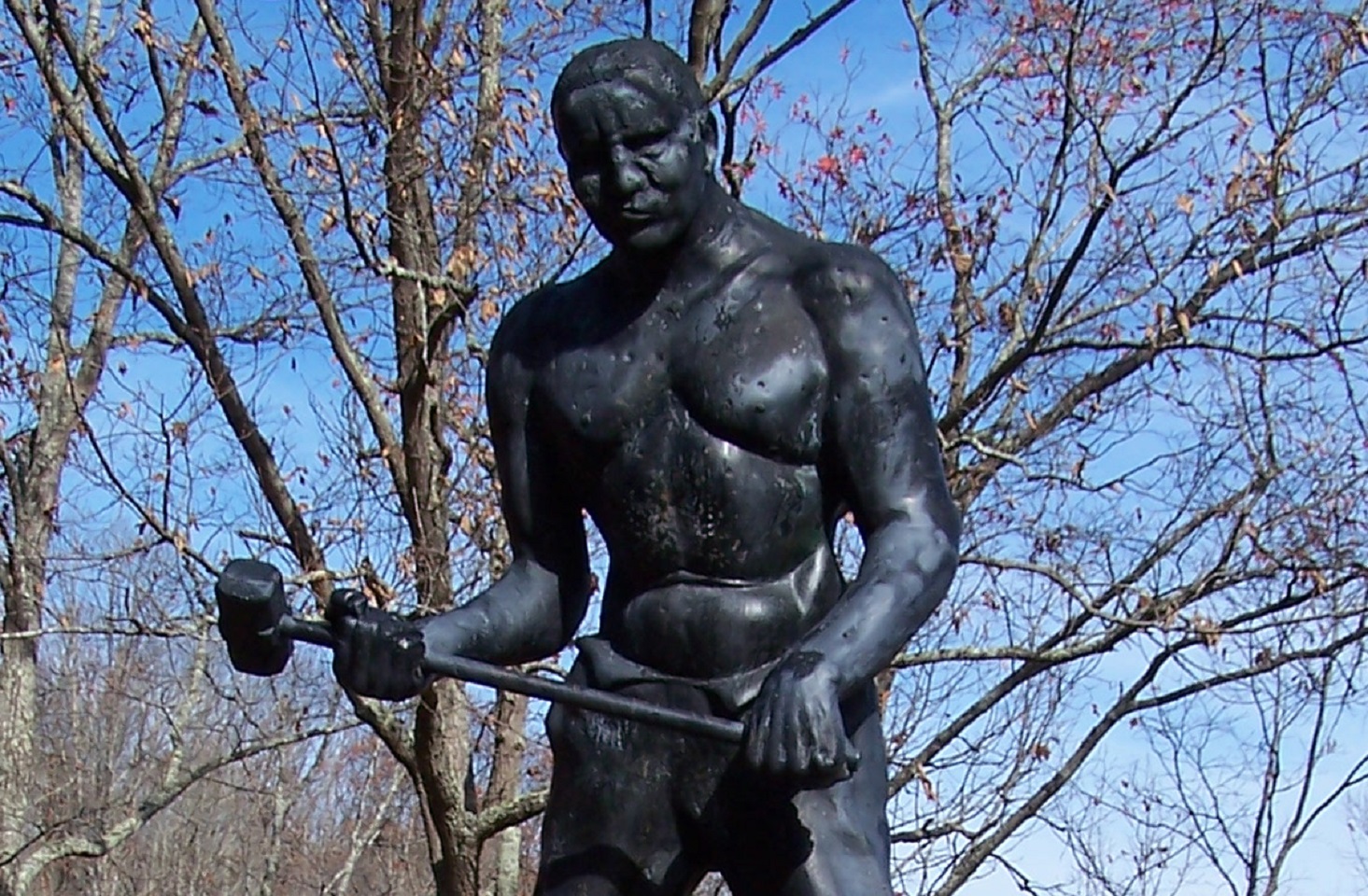 jpmueller99, CC BY 2.0, Wikimedia Commons
jpmueller99, CC BY 2.0, Wikimedia Commons
King Solomon
King Solomon was a king of Israel known for his wisdom and wealth. He was a significant figure in religious history, referenced in both the Bible and the Quran. Though evidence of his existence is limited to religious texts and archaeological findings, many believe he ruled in the 10th century BCE.
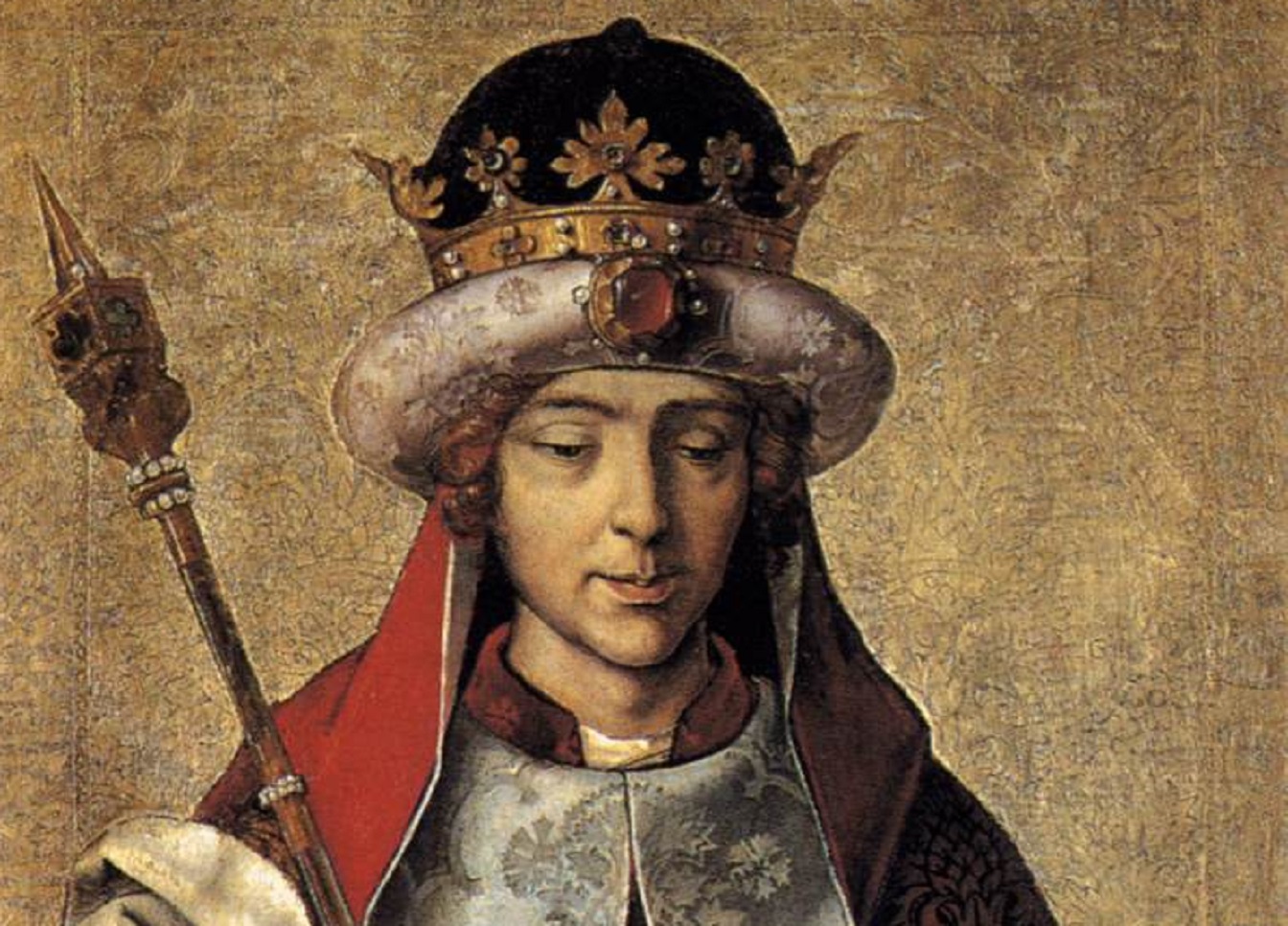 Pedro Berruguete, Wikimedia Commons
Pedro Berruguete, Wikimedia Commons
Moses
Moses is a key figure in Judaism, Christianity, and Islam as a prophet and leader of the Israelites during their Exodus from Egypt. The historicity of Moses is widely debated, with limited evidence supporting his existence; even less than that of King Solomon.
 Philippe de Champaigne, Wikimedia Commons
Philippe de Champaigne, Wikimedia Commons
Siddhartha Gautama
Siddhartha Gautama, also known as the Buddha, was an ancient Indian spiritual leader and founder of Buddhism. There is considerable evidence supporting his life and the spread of Buddhism following his death—however, exact confirmation of his existence is yet to be declared.
 Thomas Nordwest, CC BY-SA 4.0, Wikimedia Commons
Thomas Nordwest, CC BY-SA 4.0, Wikimedia Commons
Saint Christopher
Saint Christopher is revered in Catholic and Orthodox traditions as the patron saint of travelers. One famous legend tells of him carrying a child across a river, who revealed himself as Christ. Despite uncertainty about his historical existence, his life and martyrdom are recounted in biographical texts.
 Domenico Ghirlandaio, Wikimedia Commons
Domenico Ghirlandaio, Wikimedia Commons
Confucius
Confucius founded Confucianism, which focuses on moral values, social harmony, and proper conduct. His widely studied teachings are found in texts like the Analects, and there is some historical evidence to confirm his existence— though nothing official has been declared yet.
Ann Taylor
Ann Taylor, a prominent women's clothing retailer in the US, was established in 1954 by Richard Liebeskind. Its name, inspired by a popular dress style, is not linked to a real person but was chosen for branding purposes.
Paul Bunyan
Paul Bunyan is a fictional character believed to have been created by American lumberjacks during the late 19th and early 20th centuries. Popularized by William B. Laughead in 1916, there is no evidence that he was a real person. Instead, his stories are a great example of American folklore.
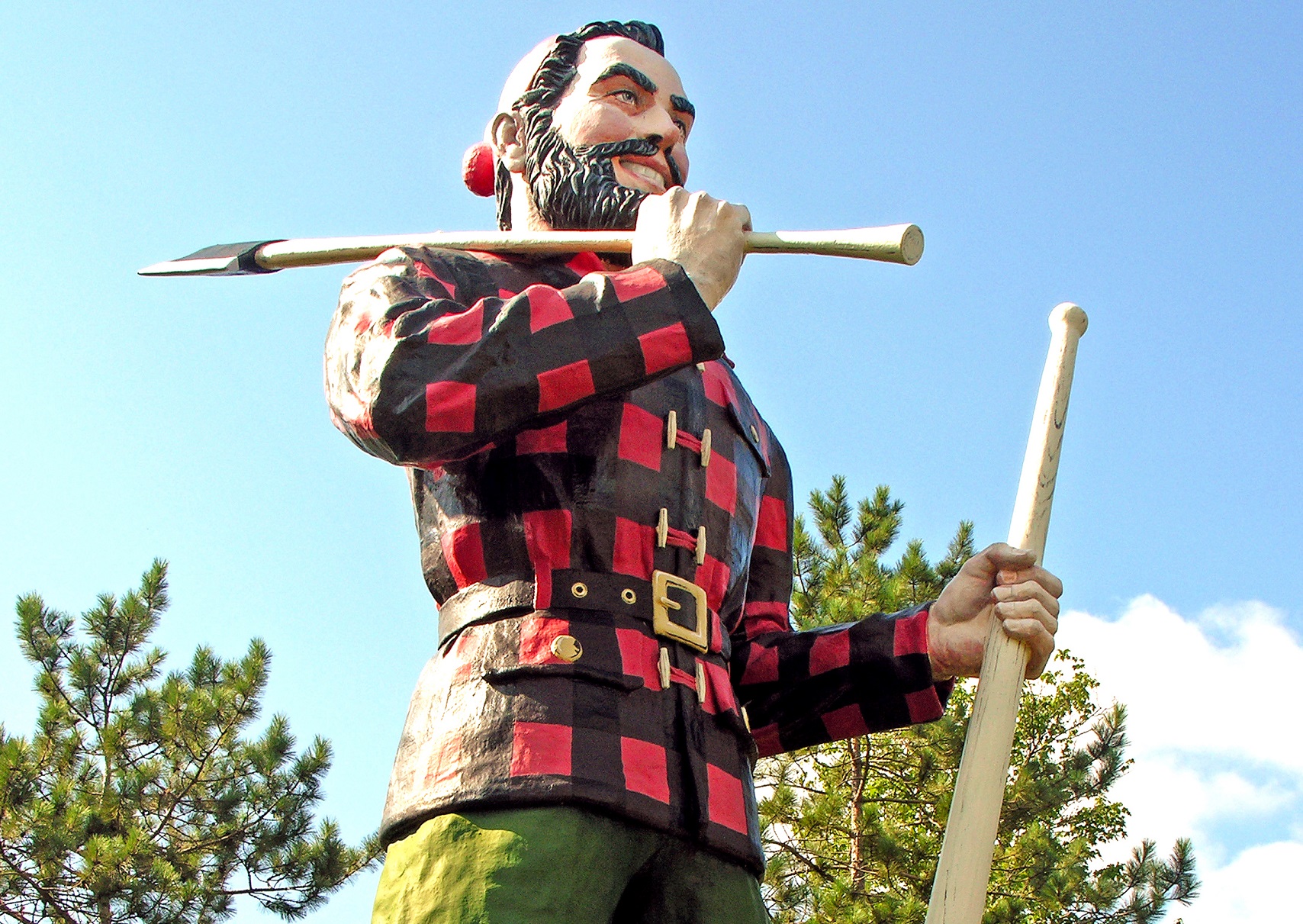 Dennis Jarvis, CC BY-SA 2.0, Wikimedia Commons
Dennis Jarvis, CC BY-SA 2.0, Wikimedia Commons
Manco Capac
Manco Capac is the legendary founder of the Inca civilization in ancient Peru, emerging from Lake Titicaca with his sister-wife Mama Ocllo to teach agricultural practices. Limited evidence exists to confirm his historical existence, with his story rooted in mythology and oral tradition.
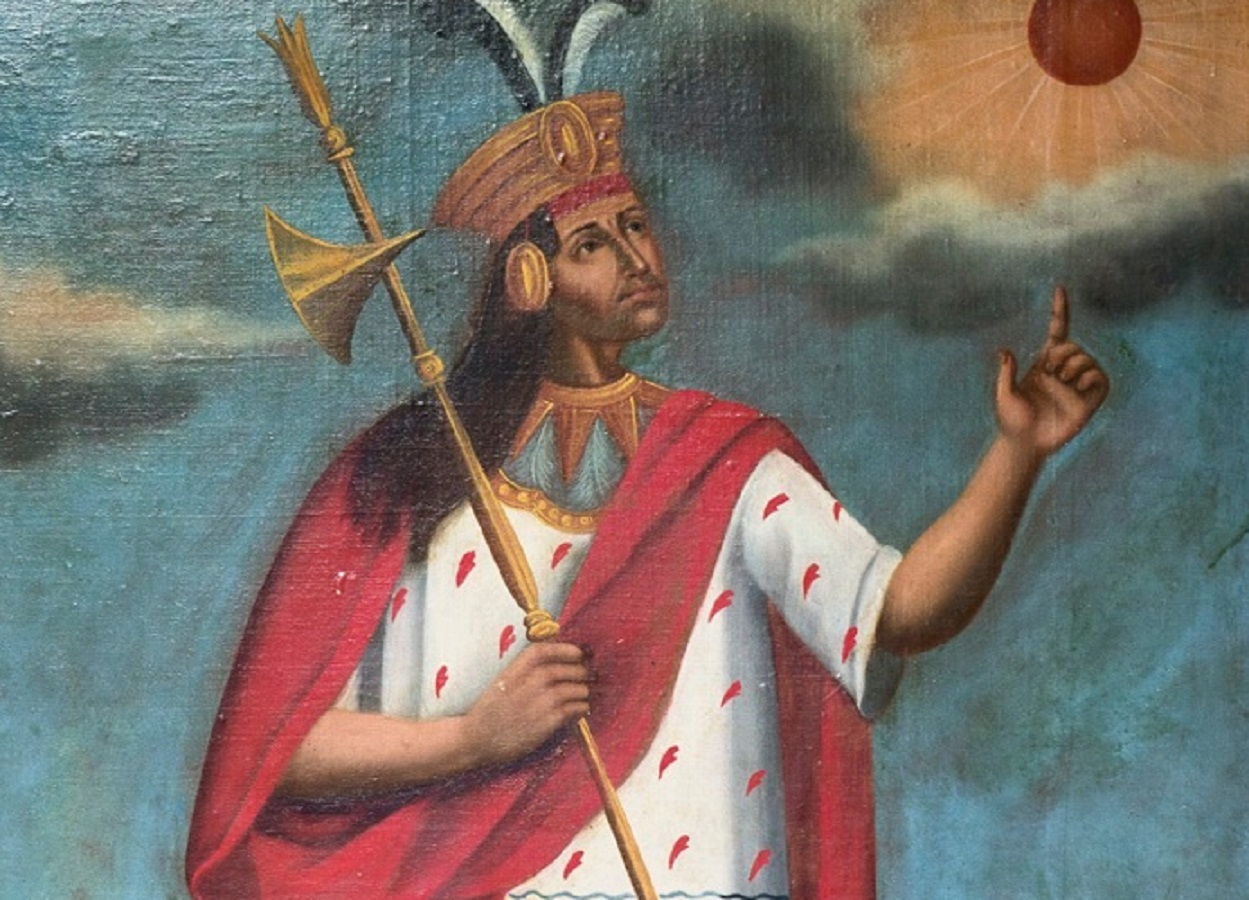 Unknown Author, Wikimedia Commons
Unknown Author, Wikimedia Commons
Merlin
Merlin, a legendary wizard and adviser to King Arthur in Arthurian legend, had supernatural abilities and played a crucial role in King Arthur's life. Despite appearing in Welsh literature in the 12th century, there is no historical evidence of Merlin's existence.
 Douglas Baulch, CC BY 3.0, Wikimedia Commons
Douglas Baulch, CC BY 3.0, Wikimedia Commons
Carolyn Keene
Carolyn Keene, the author of the Nancy Drew mystery series, is actually a pseudonym used by multiple authors. It was created by Edward Stratemeyer and initially written by Mildred Wirt Benson. Pseudonyms were common in children's literature to maintain brand consistency.
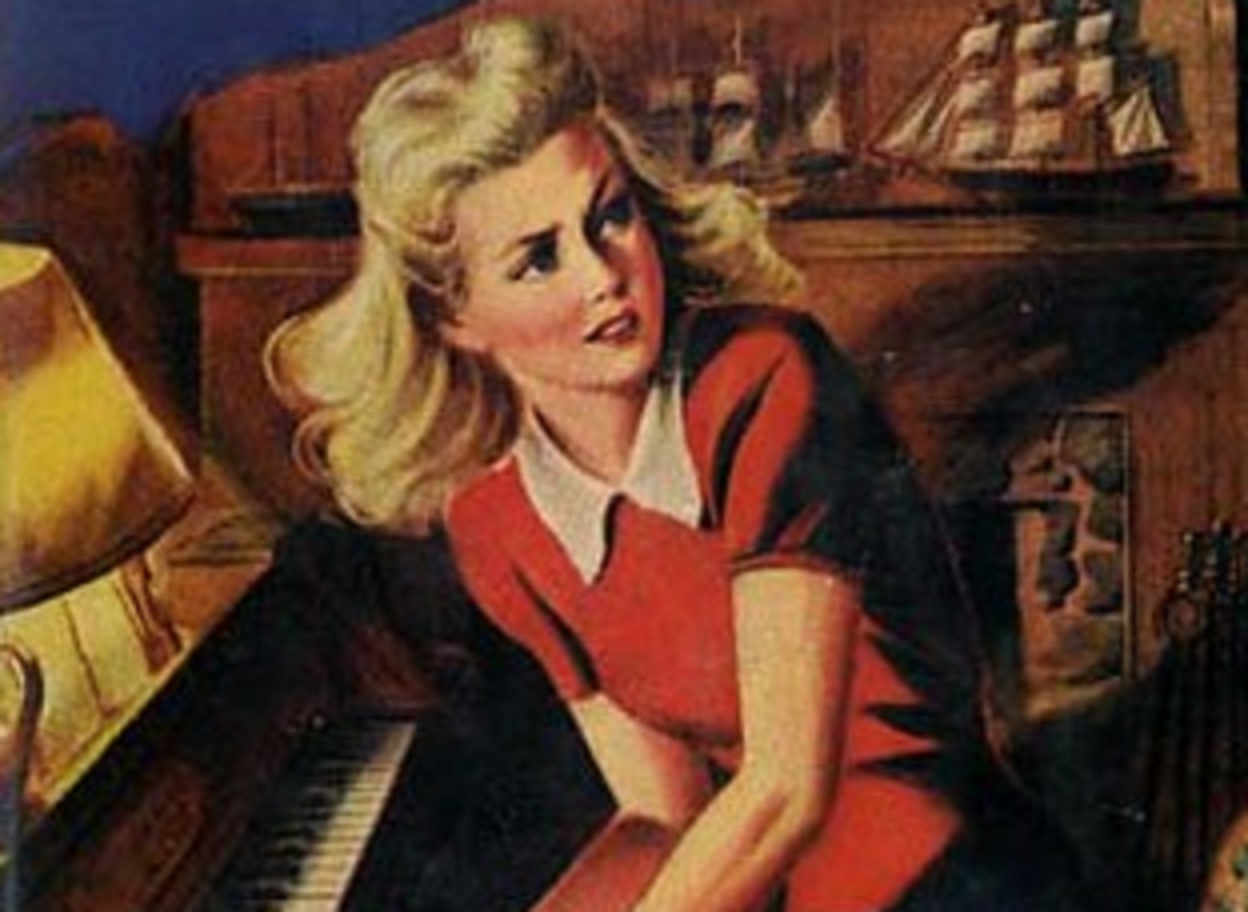 UMD Special Collections and University Archives, Flickr
UMD Special Collections and University Archives, Flickr
Aunt Jemima
Aunt Jemima, a fictional character created for marketing, originated from a minstrel song in the late 19th century. Used as the logo for a pancake mix brand by the Pearl Milling Company, it perpetuated racial stereotypes of African American women. Criticism led Quaker Oats to retire the brand name and logo in 2020 due to debate about the imagery.
Beowulf
Beowulf, a legendary hero in the Old English epic poem "Beowulf," is not a real historical figure but a symbol of heroic ideals. Composed between the 8th and 11th centuries, the poem recounts Beowulf's exploits as a Geatish hero who aids Danish king Hrothgar in defeating the creatures Grendel and Grendel's mother.
King Gilgamesh
Gilgamesh was the king of Uruk, known for his quest for immortality after his friend's death and his battles with monsters. While there is no historical evidence of his existence, Gilgamesh is believed to have originated from oral traditions and became a prominent figure in Mesopotamian literature.
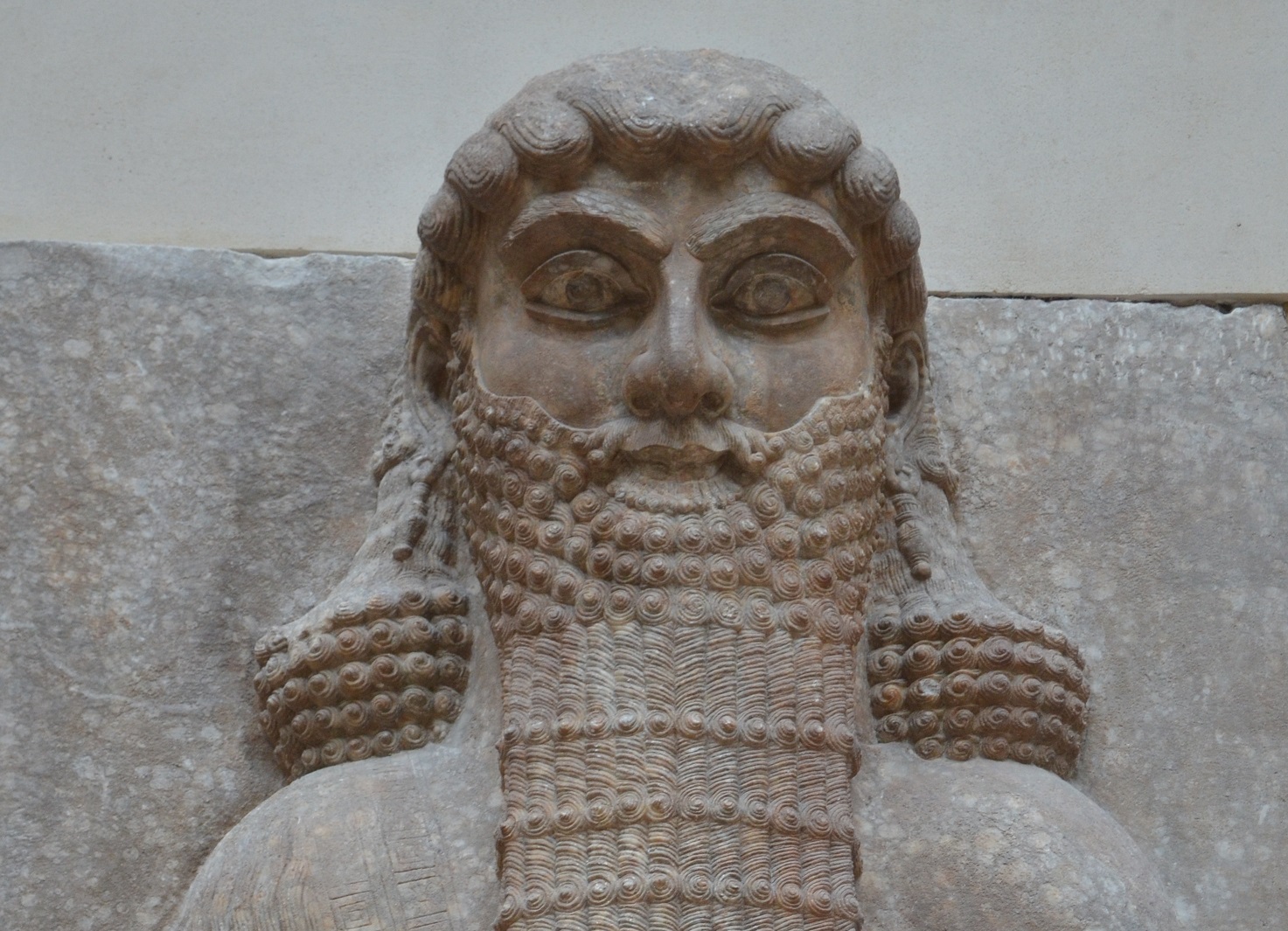 Louvre Museum, CC BY-SA 3.0, Wikimedia Commons
Louvre Museum, CC BY-SA 3.0, Wikimedia Commons
Helen of Troy
Helen of Troy was a mythical figure renowned for her beauty. The daughter of Zeus and Leda, she was married to King Menelaus. The Trojan War, detailed in Homer's Iliad and Odyssey, was sparked when Helen was abducted by Prince Paris of Troy.
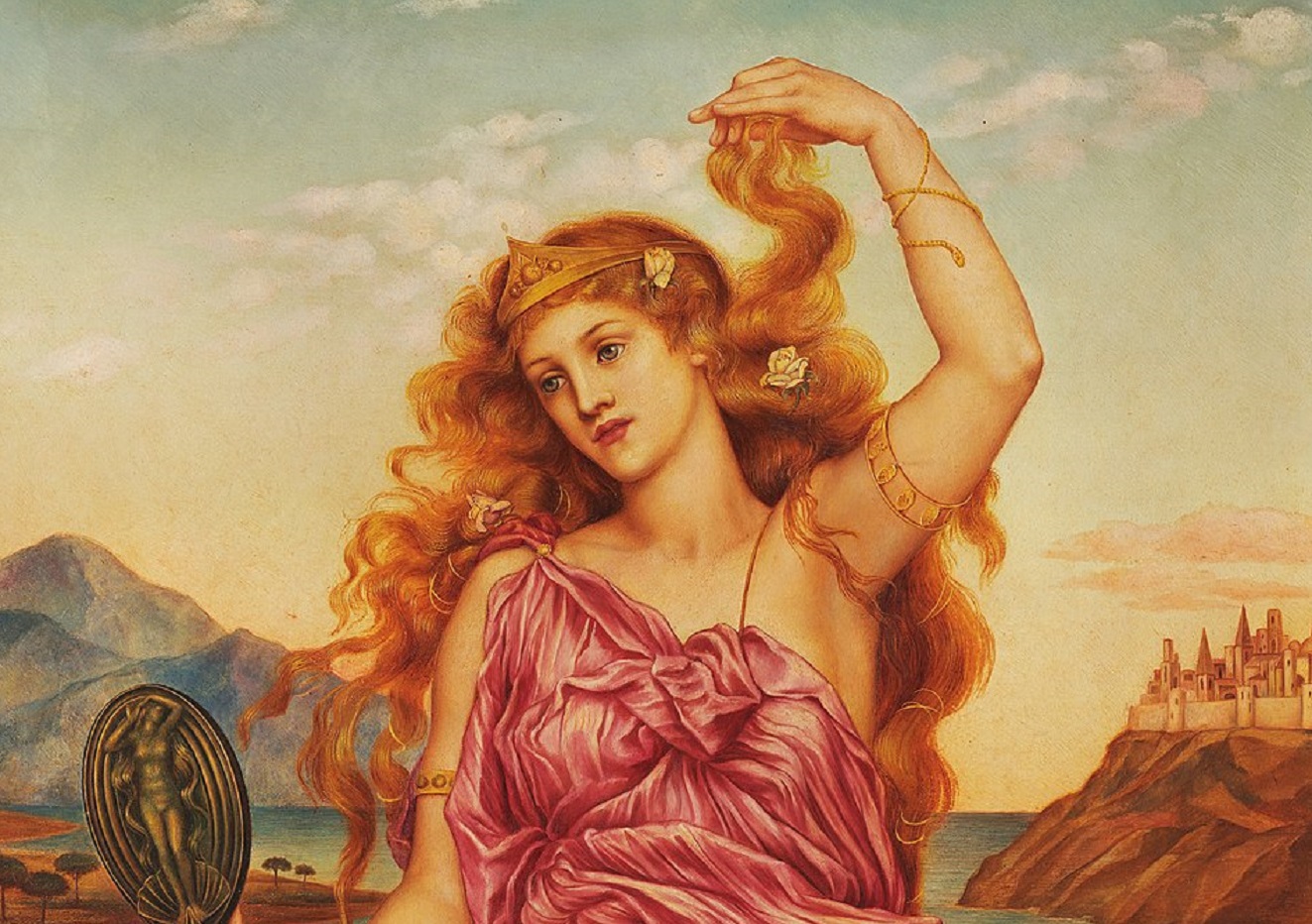 Evelyn De Morgan, Wikimedia Commons
Evelyn De Morgan, Wikimedia Commons
Laozi
Laozi is credited as the founder of Taoism and author of the Tao Te Ching, His beliefs were centered around the concept of the Tao, guiding the natural order of the universe. There is no definitive proof of Laozi's existence, as early references to him come from texts centuries later, and his biography includes elements of legend.
Romulus and Remus
According to Roman mythology, twin brothers Romulus and Remus are the founders of Rome. However, historians and scholars debate the brothers' existence as historical figures or a mythological creations explaining Rome's origins.
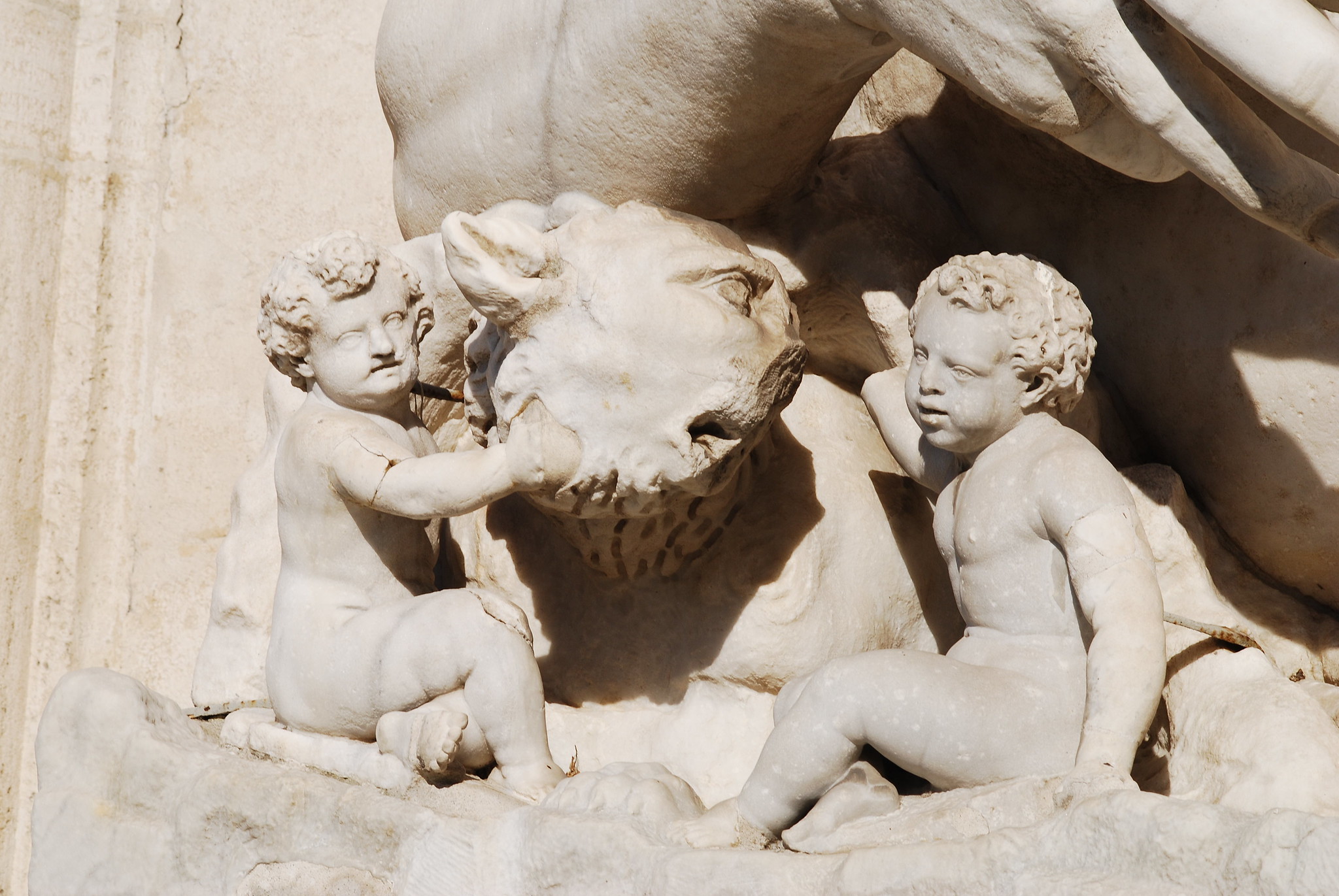 Istvan, FlickrMulan
Istvan, FlickrMulan
Mulan comes from Chinese literature dating back to the Northern Wei Period. Researchers believe she was likely created in response to the increased independence of women in Northern China. Her story of a young girl joining the army to save her country has been adapted by various authors over time, including Disney.

